Groningen
Detail
Date of first edition: 1575
Date of this map: 1575
Dimensions (not including margins): 32,5 x 44 cm
Condition: very good. Copper engraving on strong paper. Centre fold as published. Original colouring. Wide margins.
Condition rating: A
Map reference: Taschen, Br. Hog., p. 162
From: Civitates Orbis terrarum, De praecipuis, totius universi urbibus, liber secundus, first edition 1575.
In stock
Groningen commented by Braun
“The water is conducted in and through the city in enormous canals built largely by human architecture and artisanship. It is a spacious city with its own laws and rules, and has authority over many surrounding villages. The city itself possesses many fiefs.”
Full original title: Groninga, opulenta, populosa, et valide contra hostiles insultus munita Phrisie urbs, …,
TRANSLATION OF CARTOUCHE TEXT: Groningen, a wealthy and populous Frisian city, strongly fortified against enemy attacks, referred to by Ptolemy as Phileum; built and named by Grunno, brother of the Frankish king Anthenor in AD 377, as written by Hunibald.
Taschen on Groningen
The Old Town is surrounded by canals and dominated by the Grote Markt with the town hall and Martinikerk, and by the fish market with the Aakerk. Both churches were originally built in the 13th century, but were altered and expanded in the 15th century. To the former belongs the 97-m-high Martinitoren, known locally as the “Old Grey One”.
In the 13th century the city attained great importance because of its favourable position, and it became a Hanseatic city in 1282. Many merchants settled here and Groningen developed into a flourishing trade centre. In 1536 the city passed first to the Habsburgs and finally in 1594 to the United Netherlands. In 1614 the university was founded.
Related items
-

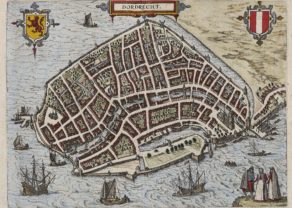
Dordrecht
by Ludovico GuicciardiniPrice (without VAT, possibly to be added): €300,00 / $333,00 / £267,00 -

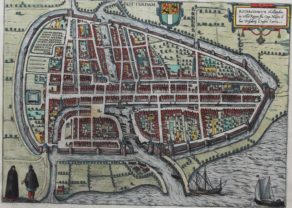
Rotterdam – Roterodamum
by Georg Braun and Frans HogenbergPrice (without VAT, possibly to be added): €840,00 / $932,40 / £747,60Origin of a world class port
-

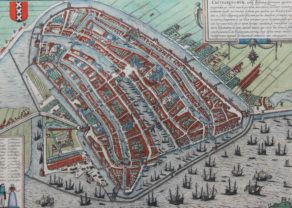
Amsterdam – Amstelredamum
by Georg Braun and Frans HogenbergBefore the great expansion
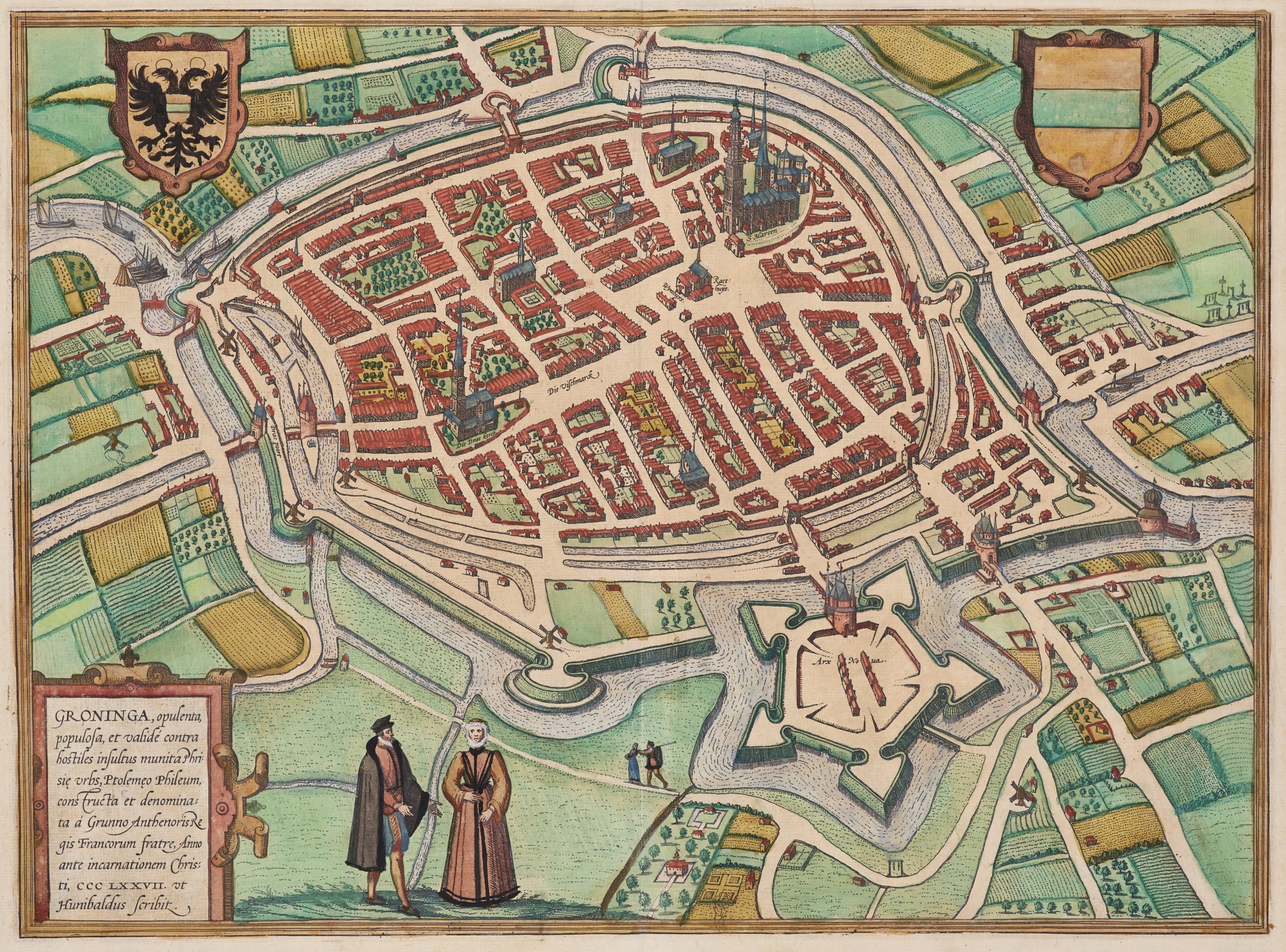
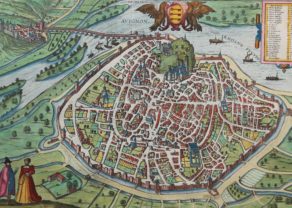
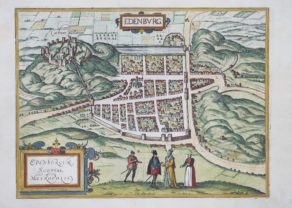
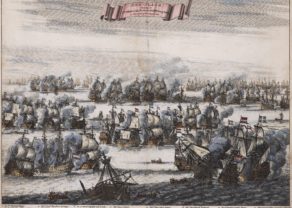
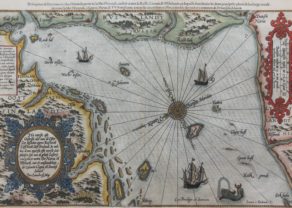
Other view of Groningen in the Braun Hogenberg atlas
Volume I of the Civitates Orbis Terrarum contains a triple bird’eyes view Early views of Groningen, Brouwershaven (Zeeland) and Gorinchem (not in stock):